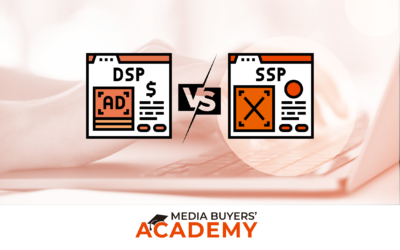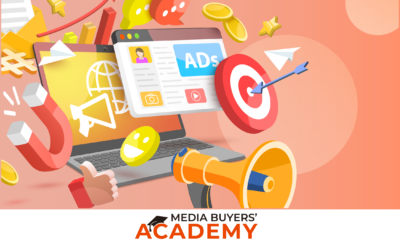Direct buys in media are awfully tempting. Buying ad space straight from publishers gives you more control, better targeting, and access to higher-quality ads. But, like any sweet deal, there’s a catch. Direct buys come with their own set of disadvantages, from limited scale to publisher bias. Weighing the pluses and minuses of this popular approach is important. A weighty decision awaits.
The Advantages of Direct Buys
1. Increased Control: Every advertiser’s ultimate goal.
With direct buys, advertisers can micromanage their ad placements, ensuring their messages reach the right audience. No more worrying about intermediaries diluting the message or muddying the waters.
2. Better Targeting: Precision Advertising at Its Finest
Direct buys allow advertisers to zero in on specific demographics, interests, or behaviors, making their ad spend more effective. It’s like having a precision-guided missile, minus the missile part.
3. Higher Quality Inventory: The Crème de la Crème of Ad Space
Direct buys often provide access to premium ad inventory, leading to better ad performance and higher ROI. It’s like having the best seat in the house, minus the hefty ticket price.
4. Cost-Effective: Cutting Out the Middleman
By negotiating directly with publishers, advertisers can snag better rates, saving themselves a pretty penny in the process. It’s like buying directly from the source, minus the awkward small talk.
5. Open Communication Matters: Time to analyze those ad numbers! Time to see what’s effective.
With direct buys, you get a clear picture of ad performance, so tweaking your campaigns is a breeze. It’s like having a crystal ball, minus the mysticism.
The Disadvantages of Direct Buys
1. Limited Scale: The Time-Consuming, Resource-Intensive Beast
Managing direct buys can be a logistical nightmare, making it challenging to scale campaigns across multiple publishers. It’s like trying to herd cats, minus the cats.
2. Complexity: The Ad Ops, Trafficking, and Billing Trifecta
Direct buys require significant resources, including ad ops, trafficking, and billing, which can be complex and prone to errors. It feels like a pointless Rubik’s Cube. All the struggle, none of the payoff.
3. Lack of Standardization: The Wild West of Ad Performance
Direct buys often lack standardization, making it difficult to compare performance across different publishers and campaigns. It’s like trying to compare apples and oranges, minus the fruit.
4. Advertiser Liability: The Sword of Damocles
Advertisers may be liable for any issues related to ad content, placement, or targeting, which can be a significant risk. It’s like playing a game of advertising roulette, minus the fun.
5. Publisher Bias: The Elephant in the Room
Direct buys can be influenced by publisher bias, which can impact ad placement and performance. It’s like trying to navigate a minefield, minus the mines.
Key Considerations

When evaluating the advantages and disadvantages of direct buys, it’s essential to consider the following:
- Advertiser Goals: Are you looking for control, targeting, or cost-effectiveness?
- Publisher Relationships: Do you have existing relationships with publishers, or do you need to establish new ones?
- Resources: Do you have the necessary resources to manage direct buys effectively?
- Scale: Are you looking to run small, targeted campaigns or large, multi-publisher campaigns?
Considering these factors helps advertisers decide if direct buys are the best approach for their media needs. So, what’s it going to be? The benefits of direct buys, or the perils of going it alone? Your call. Make it.







